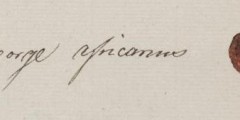All the World’s a Stage!
December 18, 2013
Panto season is upon us, and families across the country will be visiting theatres to enjoy this predominantly British form of entertainment. Those of you who follow us on Twitter @mssUniNott may have seen the programme for a performance of ‘Alice in Wonderland’ staged by University College Nottingham students one hundred years ago today. Lewis …
Feeling under the weather? Try frog’s liver, peacock dung and just a dash of dead man’s skull
December 10, 2013
The above items all form part of a medical recipe contained in a 17th century volume belonging to the Duke of Newcastle. Many family and estate collections contain medical receipt books, in which recipes and instructions for the treatment of various maladies are carefully preserved for future generations. In an age before the widespread provision …
An electrifying history of the East Midlands
November 27, 2013
As energy companies have announced another rise in prices, taking effect this month, we take a look at some of the early electricity company records in Manuscripts & Special Collections. Much like their modern counterparts, residents of Nottingham in 1901 could travel around the city on an electric tram service and walk streets illuminated with …
Mark Dorrington arrives as new Keeper
November 22, 2013
I am very pleased to have started work this week as the new Keeper of Manuscripts and Special Collections in succession to Dorothy Johnston. I have 30 years’ experience in local authority and ecclesiastical archives and libraries. My most recent post was as Team Manager for Archives and Local Studies with Nottinghamshire County Council, running …
Family inheritance on display
November 21, 2013
We were delighted to welcome Sir Andrew Buchanan, 5th Baronet, and his son George Buchanan to Manuscripts and Special Collections last week, on Mark Dorrington’s first day as the new Keeper of the Manuscripts at The University of Nottingham. Over the years the Buchanan family have deposited several significant collections of papers created by ancestors …
Celebrating archives everywhere: “A world without records is a world without memory”
November 19, 2013
This week sees the launch of a new campaign aiming to increase awareness of the essential role of archives in society. The campaign website for Explore Your Archive details forthcoming opportunities offered by archives all around the country to engage in a range of activities, from experiencing Downton Abbey for real, learning how to write in …
Gunpowder, Treason & Plot
November 5, 2013
Four hundred and eight years ago, people in England awoke to news that a terrible plot to assassinate the King and his Parliament had been foiled. It gripped the popular imagination then, and today we still mark the anniversary of the Gunpowder Plot with bonfires and fireworks. This engraving is taken from a children’s educational book, …
Cholera and Compassion in the Crimea
October 25, 2013
In the second of our posts marking the 160th anniversary of the Crimean War, we look at how although it achieved nothing in a geopolitical sense, the actions of one woman have undoubtedly touched the lives of millions of people. Very few people could name many of the battles the British Army fought in the …
The Crimean War on Camera
October 15, 2013
This month sees the 160th anniversary of the start of the Crimean War (October 1853 – February 1856), between the Russian Empire and an alliance of French, British, Sardinian and Ottoman forces. As the Ottoman Empire declined, various European nations attempted to assert their influence over its territories. Fighting took place mostly in the Crimean peninsula, …
Black History Month
October 1, 2013
To mark Black History Month, we’re focussing on one of Nottingham’s most famous black citizens; former slave turned entrepreneur George Africanus. His date and exact place of birth are unknown, but he was about three years old when he was brought to England in 1766, where he became a servant to the Molyneux family in …

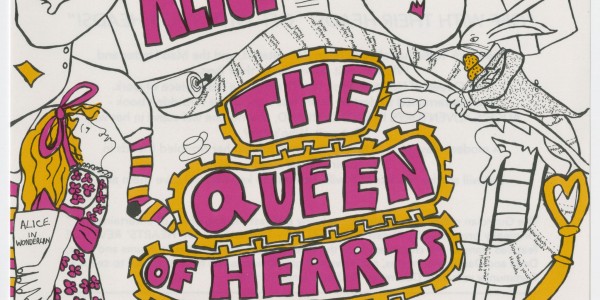
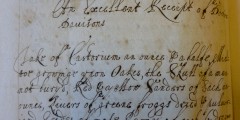
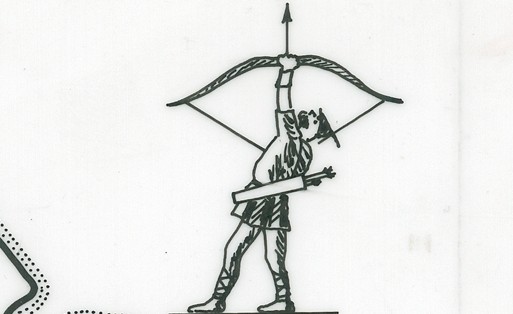
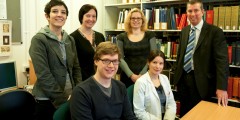
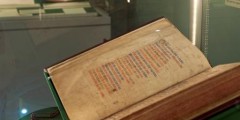
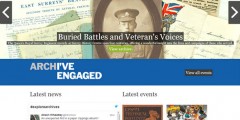
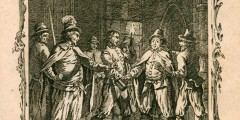
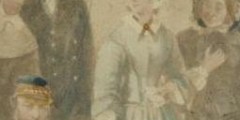
![Camp of the 97th Regiment in front of Sevastopol [Ukraine], by James Robertson or Felice Beato, c. Sep 1855 (Ref: Ne C 10884/2/13)](https://blogs.nottingham.ac.uk/manuscripts/files/2013/08/Ne-C-10884-2-13-240x120.jpg)
